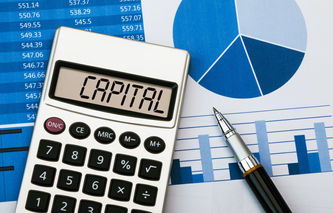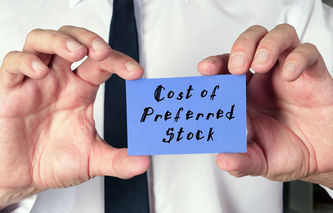Definition
The term cost of debt refers to a calculation that allows the investor-analyst to understand how expensive it is for a company to borrow money. The cost of debt is also one of three metrics used to calculate a company's cost of capital
Calculation
Cost of Debt = (Interest Expense x (1 - Tax Rate)) / (Total Debt - Fees + or - Premiums or Discounts)
Where:
A company's interest expense is multiplied by 1 - the company's incremental tax rate to account for the fact interest paid on these loans are tax deductible.
The denominator of this calculation includes the total debt of the company adjusted for acquisition fees, premiums and / or discounts since these three amounts are typically amortized over the life of the debt and are included in the company's total debt value.
Explanation
Market performance measures allow the investor-analyst to understand the company's ability to achieve their high level business profitability objectives. This is usually assessed by examining metrics such as insider transactions, capture ratios, enterprise value, capitalization rates and price to earnings ratios. Market performance metrics provide analysts with a way to determine if a company is going to successfully execute their business plan. One of the ways to determine how expensive it is to borrow money is by calculating the company's cost of debt.
While the investor analyst may be interested in a company's cost to borrow from bondholders, cost of debt is also one of three components used when calculating a company's cost of capital. This later measure is important to understand since new investment decisions should produce results that generate returns greater than the company's cost of capital. The cost of debt is calculated by adjusting interest expense for income taxes, since the expense is tax deductible. In a similar fashion, the total debt of the company should also be adjusted for acquisition fees, as well as any premiums and discounts received when the bonds were first issued. The adjusted interest expense is then divided by the adjusted total debt to calculate the cost of debt. Multiplying this value by 100 allows the analyst to express the number as a percentage.
Example
The CFO of Company ABC is concerned the return on new investments are not being challenged and may be lower than the company's cost of capital. Much to her surprise, the company hadn't even calculated its cost of capital in recent years. She immediately asked her analytical team to start by calculating the company's cost of debt. The team pulled information from both the company's balance sheet (total debt) as well as its income statement (interest expense). The information below is what they found:
Last year's interest expense was $21,000,000, total debt of $525,000,000, the company's incremental tax rate was 22%, and the adjustment to debt (fees, premiums and discounts) were a total of $5,250,000.
From this information, the cost of debt was calculated as:
= ($21,000,000 x (1 - 0.22)) / ($525,000,000 - $5,250,000)= ($21,000,000 x 0.78) / $519,750,000= $16,380,000 / $519,750,000, or 0.0315
The team found the after tax cost of debt to be 3.15% and could now start working of another component of the company's cost of capital.



